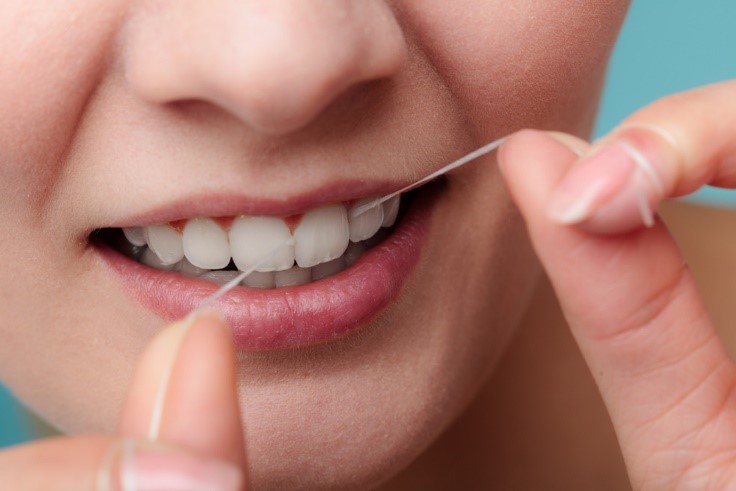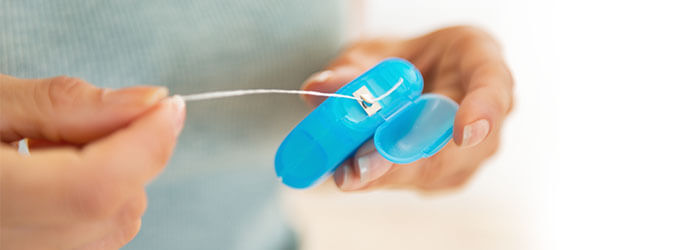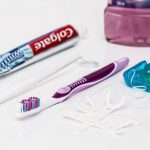If you’re reading this, chances are that you’re not flossing properly. Sorry, we’re not trying to offend you – it’s simply the truth! According to a survey by the ADA, only 16% of Americans floss at least once per day, as recommended by ADA guidelines.
If you are one of those 16%, congratulations – enjoy your healthy smile. But if you’re part of the 84% who don’t floss every day, you may believe one of these 6 myths about flossing – which are all false.
- You Don’t Need To Floss Every Day
Yes, you do. It is recommended by the ADA that you brush your teeth at least twice a day for two minutes, and that you floss once per day.
Brushing your teeth properly is a great first step, but it’s not enough. Your toothbrush simply cannot get into the little gaps between your teeth where bacteria congregates to form plaque and tartar.
Even if you brushed twenty times a day, you wouldn’t be able to reach these bacteria. That’s why flossing is so important.
- You Don’t Have To Floss If You Brush With An Electric Toothbrush
This is also false. Electric toothbrushes are accepted by the ADA, as they make it easier to brush your teeth properly, and the vibrations may help clean food debris and particles from between your teeth.
But, again, brushing is not the same as flossing. Even the best electric toothbrushes can’t remove all of the plaque and bacteria from the tiny gaps in your teeth.
- Water Flossers Are Just As Good As Dental Floss
Water flossing is gaining popularity. Water flossers like the Waterpik are accepted by the ADA as useful supplements to flossing. They use high-powered water jets to blast food and bacteria out from between your teeth, and can aid in the reduction of bacteria below the gumline.
But they’re not a substitute for flossing. It’s best to use a water flosser with dental floss. You can floss first, and then use the water flosser to remove the particles from your mouth. You can even follow this up with mouthwash, to ensure the best possible results.
- Learning To Floss Properly Is Just Too Hard
It’s not. It just takes a little bit of time and effort, and a demonstration from a dental professional. Your dentist in Chula Vista, can help you learn how to floss properly, and demonstrate the technique to you. Don’t want to wait? You can learn how to floss in under five minutes with this YouTube video.
- Flossing Hurts And Makes Your Teeth Bleed
If flossing makes your mouth bleed, this is a good thing – in a way. If your gums bleed when they’re flossed, that means that you have gingivitis, which is the first stage of gum disease.
If you keep cleaning your teeth and flossing regularly, this discomfort and bleeding will go away, because you’ll be eliminating the plaque and bacteria that cause the inflammation.
And, once you’re free of gingivitis, flossing won’t hurt at all, and you won’t have to worry about your gums bleeding.
- You Only Need To Floss If You Have Food Stuck Between Your Teeth
Floss is definitely the best way to remove tough food particles, such as popcorn kernels, meat, and other fibrous foods from between your teeth. If you leave them there, bacteria will gather, and attack your gums and teeth, so it’s a good idea to floss, or use a toothpick to get them out.
Again, though, you should be flossing every day. Not just when you have a pesky piece of steak stuck between your molars.
Floss Every Day – It’s For Your Own Good!
If you take the time to floss every single day, and do so properly, your mouth will benefit. You’ll have a lower risk of cavities and gum disease, and you will be able to keep your smile in great shape for decades to come. So don’t believe these myths about flossing.
Related Posts













